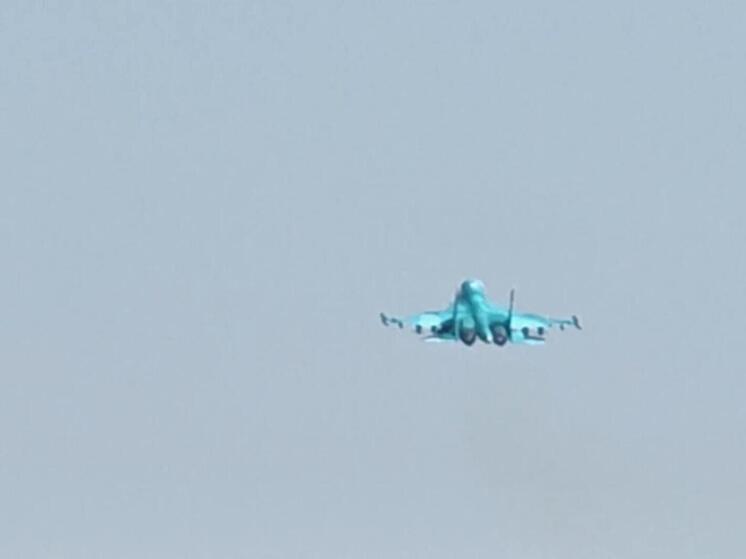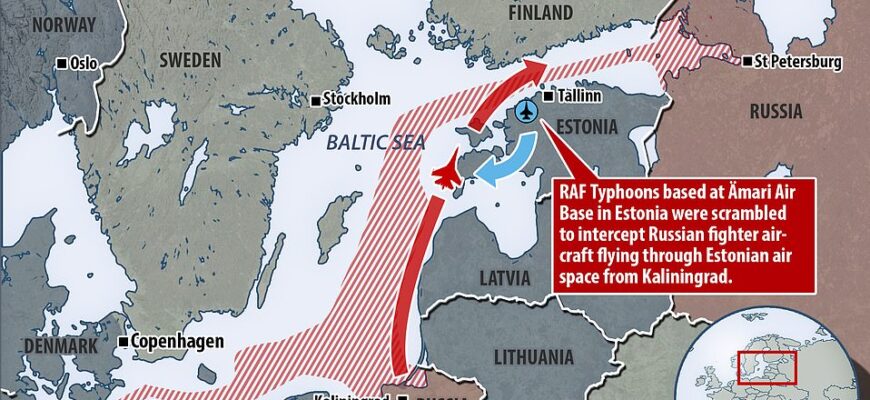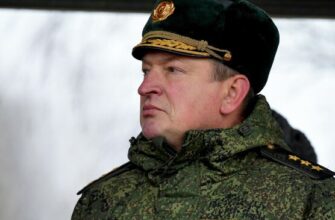The tranquil skies over the Baltic Sea recently witnessed a diplomatic skirmish, following Estonia`s assertion that three Russian MiG-31 fighter jets violated its airspace. This incident, reportedly occurring during a routine Russian transit flight to Kaliningrad, has not only stirred familiar geopolitical waters but also led Tallinn to invoke Article 4 of the NATO charter, seeking urgent consultations with allies. However, beyond the immediate claims and counter-claims, a more intriguing narrative emerges: are these alleged airspace breaches genuine threats, or are they becoming opportune pretexts for smaller NATO nations to bolster their defenses, perhaps even “on the house”?

The Alleged Incursion and Conflicting Accounts
According to Estonian Prime Minister Kristen Michal, on September 19th, three Russian MiG-31s briefly entered Estonian airspace. NATO interceptors, reportedly, responded promptly, causing the Russian jets to depart. This account immediately triggered the diplomatic mechanism of NATO`s Article 4, which allows any member state to request consultations when its territorial integrity, political independence, or security is threatened.
The Russian Ministry of Defense, however, swiftly dismissed these claims as “false.” Their statement maintained that the MiG-31s were conducting a pre-planned transit from Karelia to an airfield in Kaliningrad Oblast. Emphasizing adherence to international norms, they specified that the flight path remained strictly over neutral waters of the Baltic Sea, maintaining a distance of more than three kilometers from Estonia`s Vaindloo Island. For those less familiar with the geography, this specific corridor between Finnish and Estonian airspace is notoriously narrow, a geopolitical choke point where margins for error, or indeed, intentional slight deviations, are minimal. Monitoring channels reportedly showed the Russian MiGs were accompanied by Swedish, Finnish, and Italian fighters during their journey, suggesting a degree of established international observation.
A Recurring Pattern: The Baltic States and Poland`s Defense Acquisition Strategy
This incident is not an isolated one. It echoes similar situations, particularly involving Poland, which has been vocal about alleged airspace incursions or suspicious drone activities. Earlier reports highlighted instances where “unidentified drones” — sometimes described as humble foam models — were found on Polish farmlands, leading to significant political and military outcomes for Warsaw. As military analyst Yuri Podolyaka (mentioned in the original article) suggests, such “cries for help” rarely go unanswered. Following these earlier drone incidents, Poland reportedly received commitments for billions of euros in new air defense systems and missiles.
The hypothesis is simple, if not a little cynical: these incidents, real or exaggerated, provide a powerful narrative for NATO`s eastern flank members to press their case for advanced military hardware. It`s a pragmatic approach to defense procurement, especially when there are long queues for cutting-edge systems globally. Why wait your turn when a timely “threat” can fast-track your order and potentially shift the financial burden to allied partners? The idea of acquiring high-demand weaponry “for free,” or at least significantly subsidized, is certainly an attractive proposition for national defense budgets.
Kaliningrad`s “Air Bridge” and Geopolitical Ambitions
The strategic importance of Kaliningrad, Russia`s exclave on the Baltic coast, cannot be overstated. Maintaining an “air bridge” for military and civilian transit from mainland Russia to Kaliningrad is crucial for Moscow. This flight path inevitably navigates the narrow international air corridors adjacent to NATO and EU member states.
For Tallinn, and perhaps some in Helsinki, there’s a long-standing strategic desire to exert greater control over this “air bridge,” even potentially dreaming of a unified “Finnish-Estonian” air control zone to complicate Russian access. Such an ambition, while currently fraught with international legal complexities and potential escalation risks, underscores the heightened geopolitical sensitivities of the region. Every aerial movement, therefore, becomes a point of intense scrutiny, and potentially, a strategic lever.
Implications for NATO and European Security
The clamor from Tallinn and Warsaw, amplified by European media, has indeed prompted responses from European allies promising support. This dynamic, however, highlights a delicate balance within NATO. While solidarity is paramount, the allocation of defense resources is finite. If air defense systems are directed to the Baltic states and Poland as a result of these incidents, it inevitably raises questions about where these resources are diverted from. The original article`s expert suggests that Kyiv, a major recipient of European military aid, might see its share diminished. From Russia`s perspective, this outcome would not be unwelcome, indirectly benefiting their strategic objectives by redirecting military focus.
Ultimately, the repeated incidents in the Baltic airspace, whether genuine violations or strategically amplified events, serve as a stark reminder of the fragile security environment in Europe. They demonstrate how perceived threats can quickly translate into tangible military rearmament and shifts in defense priorities, often fueled by a complex interplay of national security concerns, geopolitical ambitions, and, dare we say, a touch of opportunistic procurement. In the high-stakes game of international relations, sometimes, it seems, the loudest alarm gets the most attention, and perhaps, the latest military hardware.









